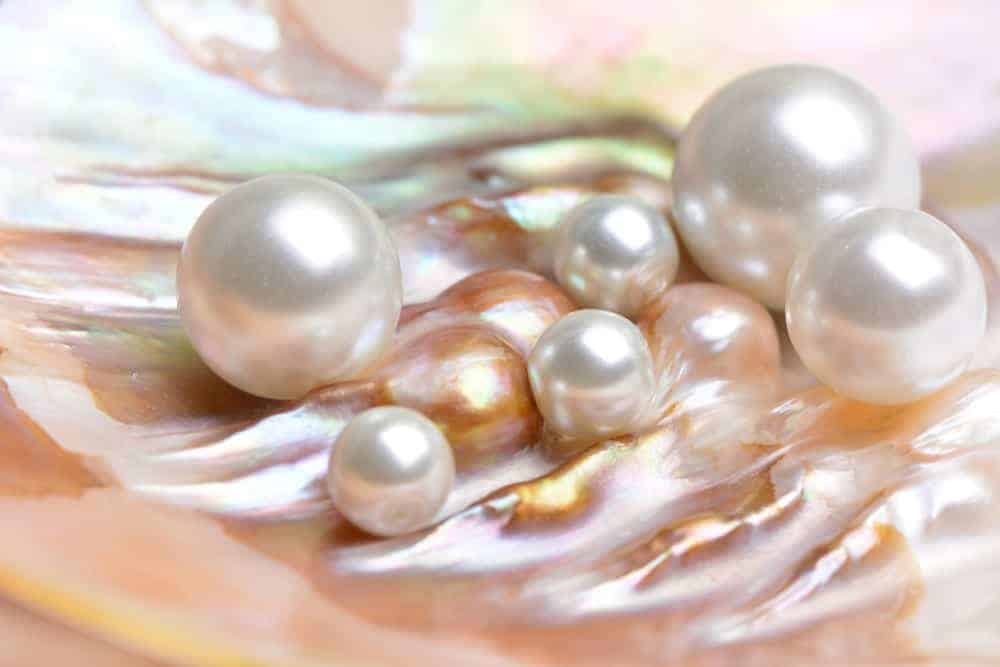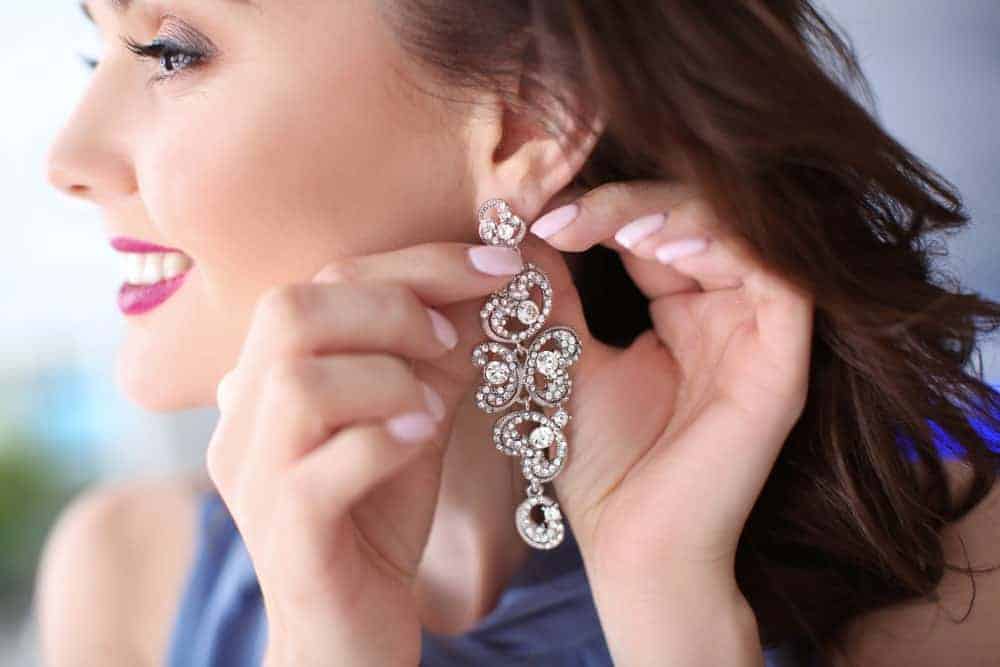The sparkle and shine of diamonds capture our attention, hearts, and minds. We equate the size of a diamond to the size of our love. Learn all you can about diamonds so you can pick the right one at the right price. It isn’t always about the size, keep reading.
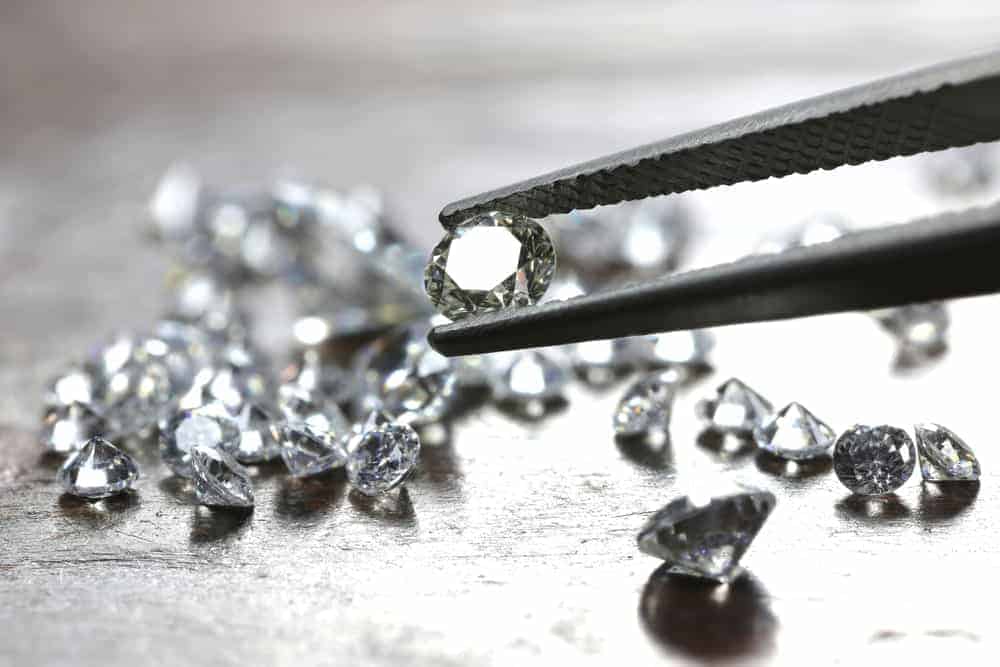
Diamonds shine brightly. They catch the light and capture our attention. We are pulled into the sparkle. Perhaps I am the only one, but I do not think so. The magic of a diamond still catches even those that may not be interested in wearing a diamond. If you want the best diamond you can buy, there are many different features to learn about a diamond. Diamonds are a favorite subject, so continue reading to find out all the details you need about a diamond.
There are some main classifications of diamonds that you should know before stepping into a jewelry store. You probably have heard about the four Cs of diamonds. The four Cs refer to cut, clarity, color, and carat. We will talk about those a little further down. While that is a great start, that is not all you need to know.
Classification System
Individuals in the business of diamonds use a unique classification system to grade the diamonds. This classification is based on chemical and physical features. It helps to determine its authenticity, how it formed, and if it was treated. You may not hear these terms if you go into a jewelry store, but you will know what they mean if you do.
Type Ia Diamond
Type Ia diamonds are considered the standard diamond type. The nitrogen groups together in clusters giving this stone a yellow tint.
Type IIa Diamond
This type II diamond is rare and valuable. It has no impurities and no nitrogen. It has different fluorescent properties. They are formed under high pressure and have strange shapes as a result. These diamonds really sparkle.
Type Ib Diamond
These brown, orange, or yellow diamond colors because of the nitrogen atoms. They are scattered and not clustered in the stone. This is a rare diamond.
Type IIb Diamond
These diamonds have no nitrogen but have boron instead. They have boron in combination with carbon. These diamonds are conductors of electricity and have a blue tint to them. These are also rare.
One More Classification
The classification does not stop there. Diamonds have multiple classifications, which can make understanding diamonds seem difficult. What is most important for you to know is that you and the person you are speaking with may not say the same thing when talking about classification. If you know the basics, that is enough. I want to focus for a moment on the varied names diamonds have.
Natural Diamonds
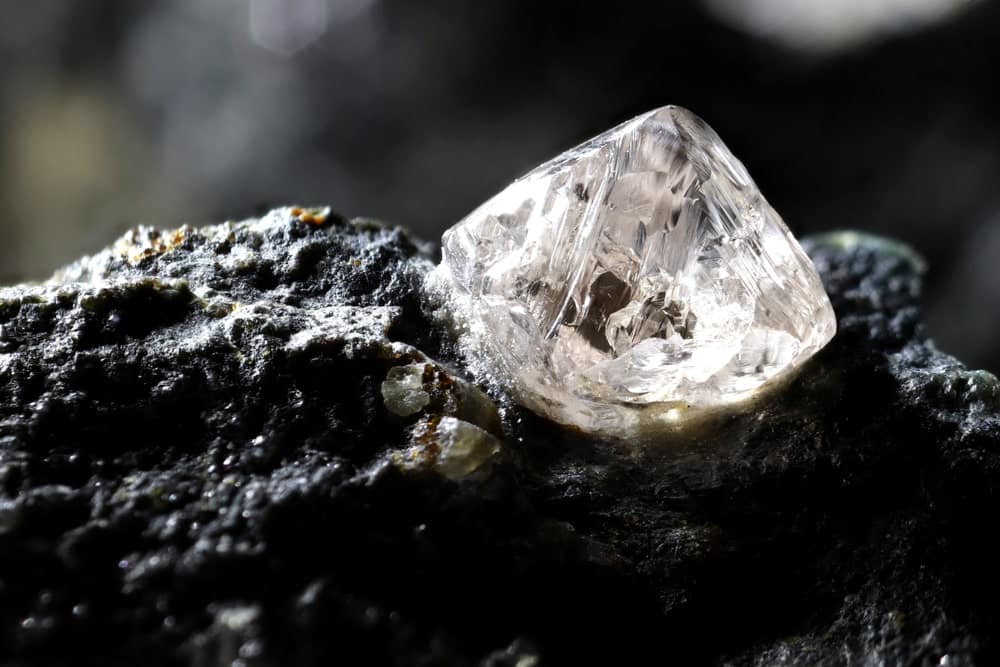
This is a natural diamond that you are most used to seeing. They have no color and sparkle when the light hits them.
Treated Diamonds
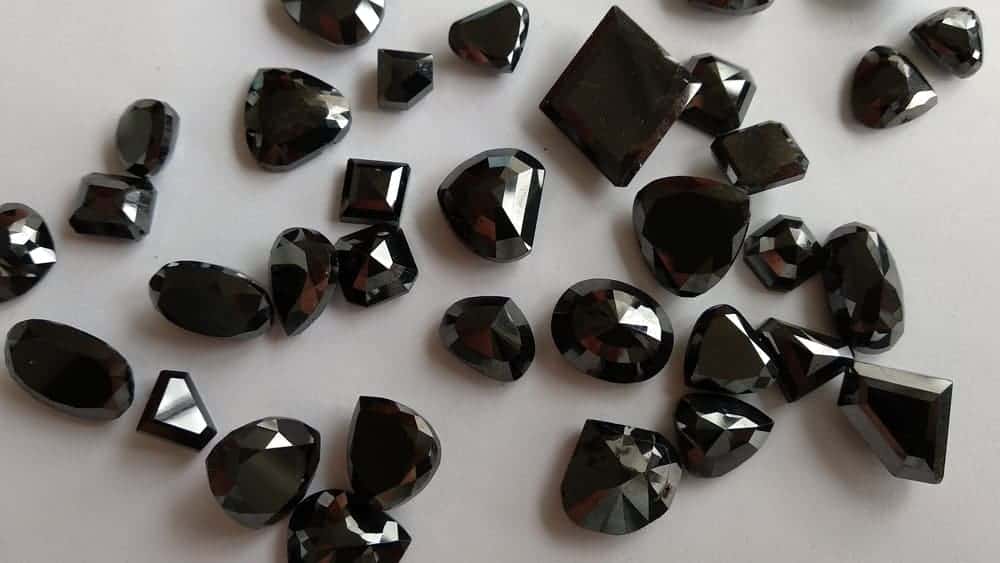
These were once natural diamonds. They have been enhanced by artificial means. Their color has been enhanced, or inclusions have been filled. These are less expensive than natural diamonds.
Natural Colored Diamonds

These diamonds have become more popular in recent years. These are a natural colored diamond that has color to them. They may be many colors, including black, pink, yellow, green, or purple.
Man-Made Diamonds
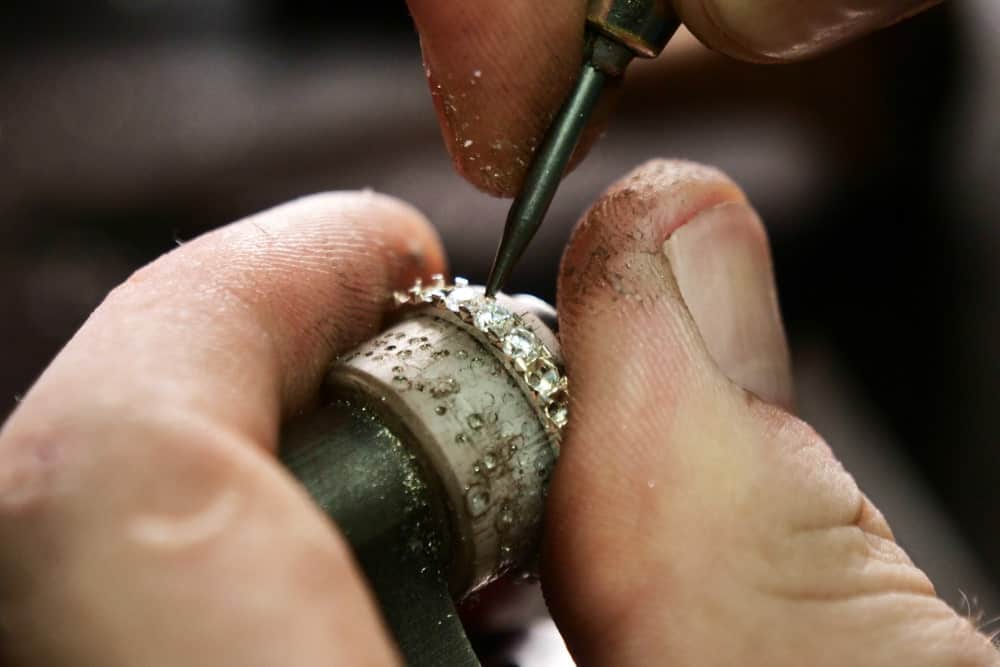
These are lab-grown diamonds. This is a synthetic diamond that is processed. It has become easier and more advanced, which also makes it cheaper.
Shape
The shape of the diamond refers to the geometric outline and form of the diamond. Each shape has its own features and specifications. The shape also impacts the way that the stone looks.
Round
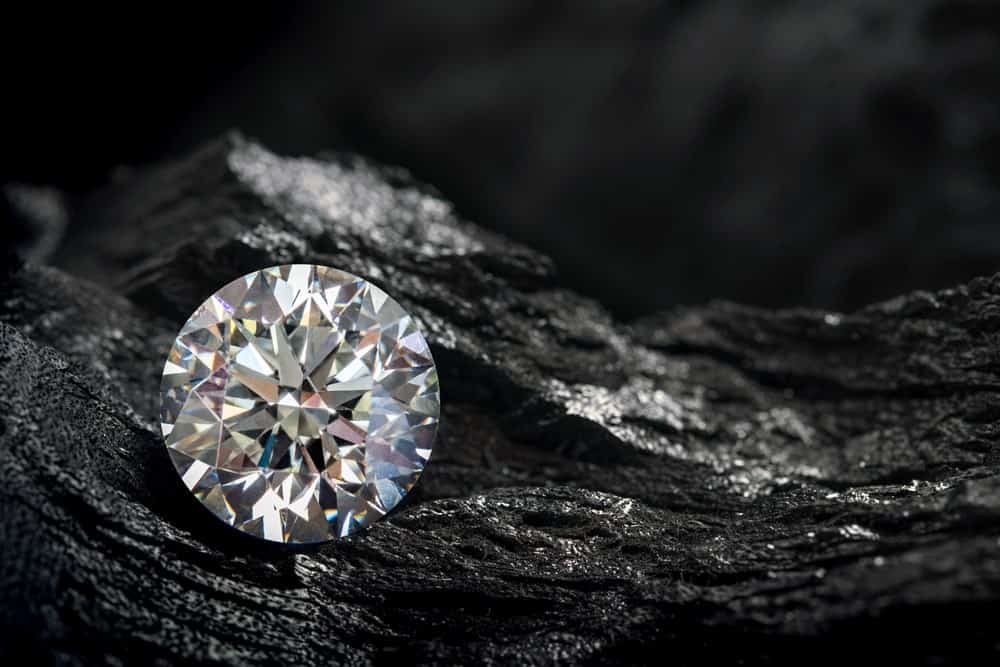
The round shape is the classic diamond shape. It is a timeless look that never looks dated. A round shape is flexible because the balances the color, cut, and clarity of the diamond to give you the ultimate shine. A diamond cutter using calculations that are precise to cut this diamond to give you the best fire. The round brilliant cut is ideal for necklaces, engagement rings, and other fine jewelry.
Heart
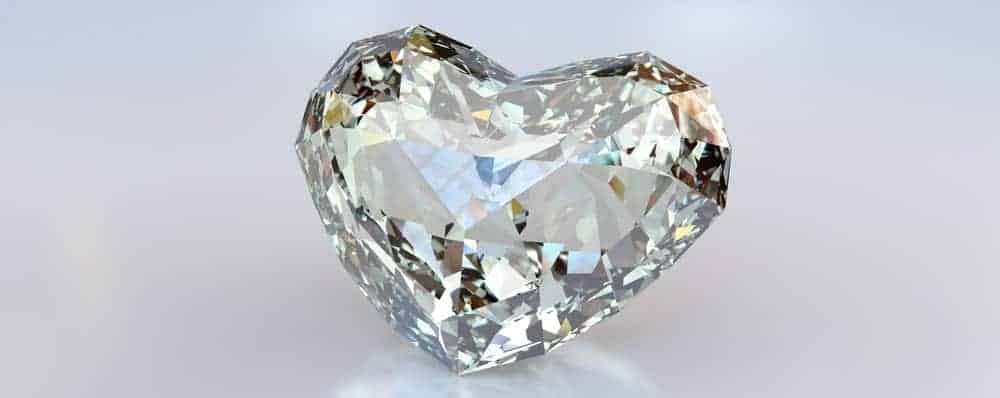
This diamond cut is a heart, which is a symbol of love to almost everyone. The heart shape gives the diamond a unique look. The point of the heart can show color, so you may have to upgrade the diamond you select, which means you are going to spend more money. The length to width ratio you select for this shape drastically changes the way the heart looks.
Pear
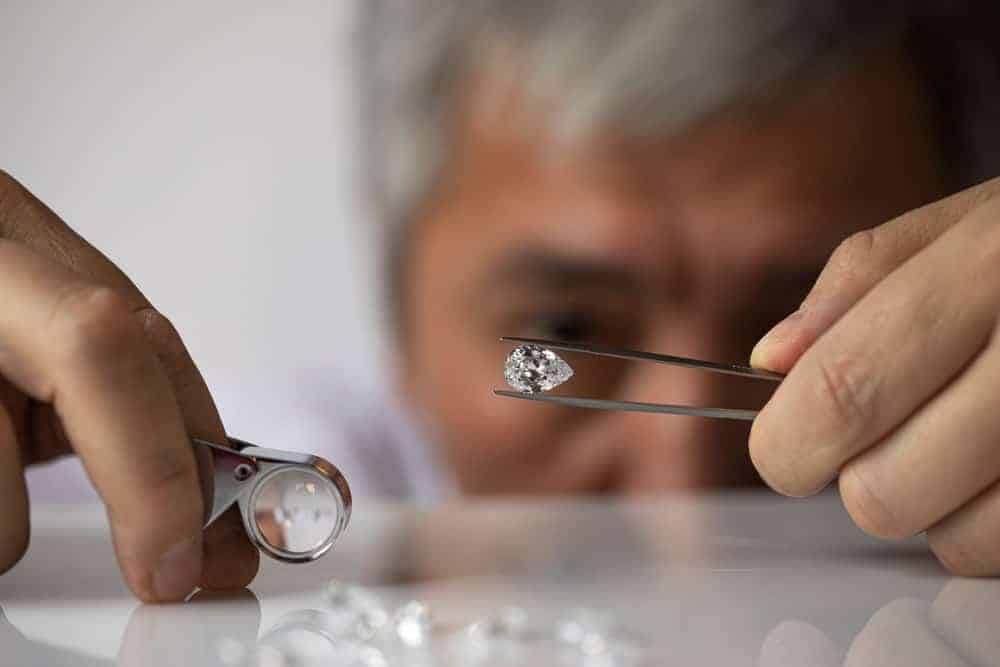
The pear-shaped diamond is also referred to as a teardrop because it has a point at the bottom and round top. This gives it a unique shape making it ideal for an engagement ring. A pear shape diamond that is well cut is difficult to find. This shape can hide inclusions. If the pear shape is elongated, it will make the finger look thinner.
Princess
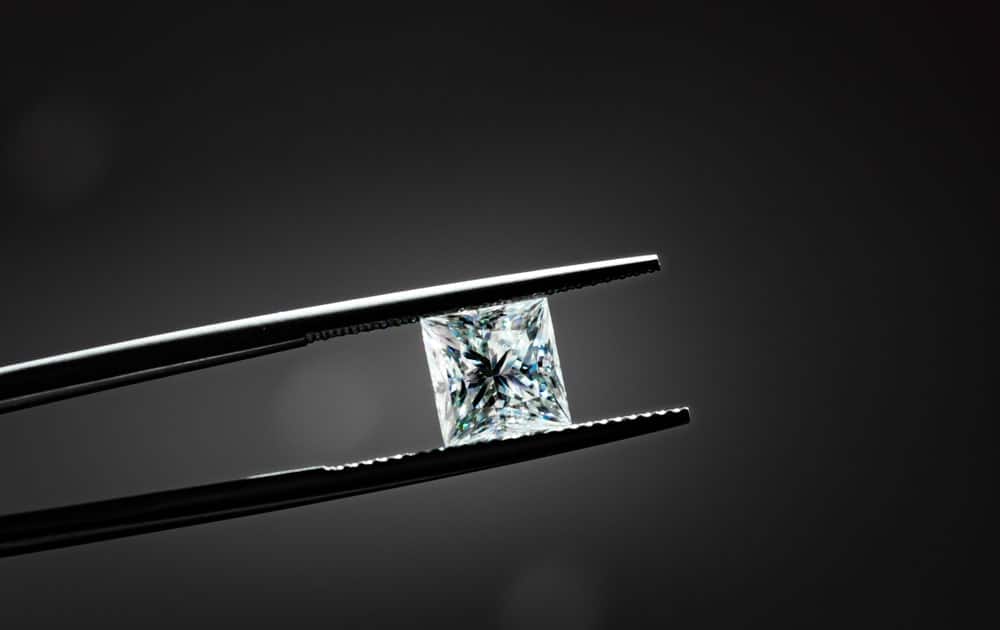
The princess shape is a close second favorite to the round shape diamond. This shape has corners that are pointed and are commonly called a square shape. It can vary between square and rectangular. This diamond is a brilliant cut, almost as brilliant as a round shape. This is usually a more affordable shape versus round because the price per carat is lower.
Princess cut does show a little bit of color in the corners. You may consider getting a better grade diamond, which is going to cost you more money. When considering a square shape diamond, you want a length-width ratio between 1 and 1.05. If you move toward a ratio of 1.10, the shape becomes more rectangular.
Cushion

The cushion cut diamond is a personal look. It is a creative and modern look. This shape has been popular for more than 100 years. These are also called pillow cut diamonds. They have corners that are rounded. Their facets are large and make the diamond look even more brilliant. The larger facets may show inclusions more than other shapes. This is important when deciding on the grade of a diamond. These diamonds can look more rectangular or square, depending on the length to width ratio.
Oval
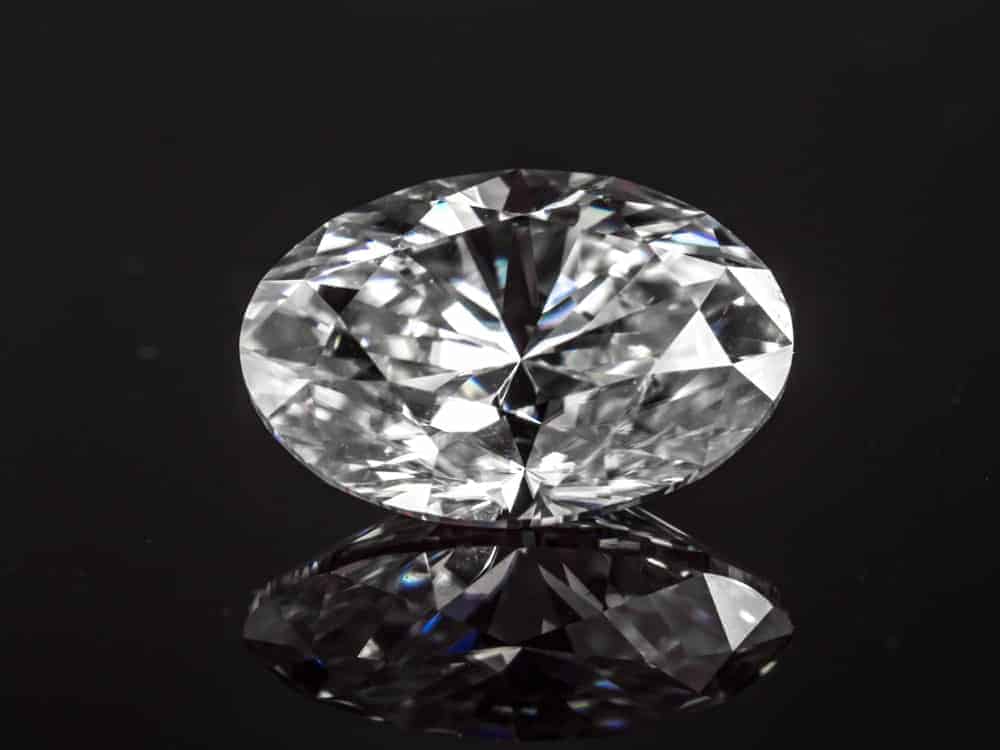
The oval shape diamond is unique because it has no edges that are pointed. The lack of edges makes them more durable. They are also slightly less expensive than a round cut while still maintaining a shape that is curved. This is a popular choice because it makes thinner, longer fingers look even better.
Emerald
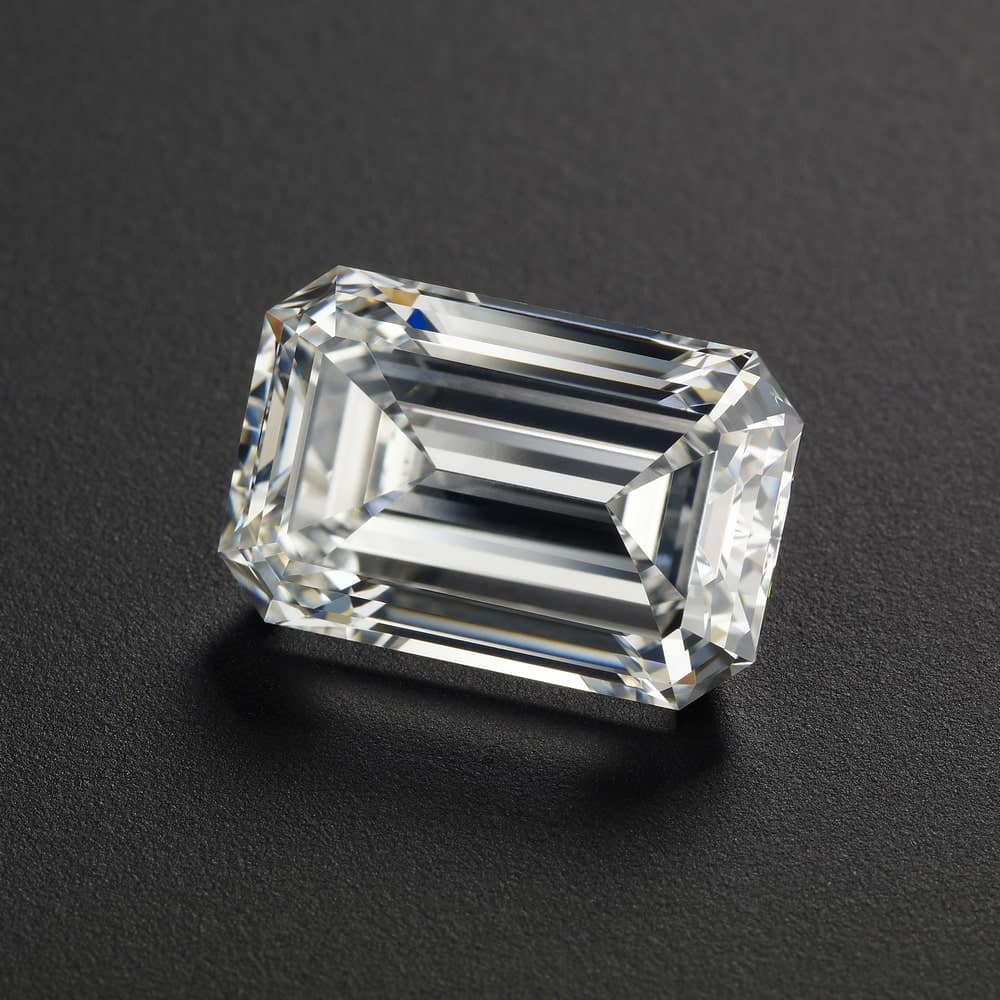
The emerald shape diamond has a pavilion that makes it distinct. This pavilion has rectangular facets cut into it, which gives it a special look. This shape has an open table across the top of the diamond. It has a step-cut pavilion that shows off the diamond clarity. If you opt to go with an emerald cut diamond with low clarity, you should read the certificate to determine how visible the inclusions are. This diamond looks different based on how rectangular it is cut.
Asscher
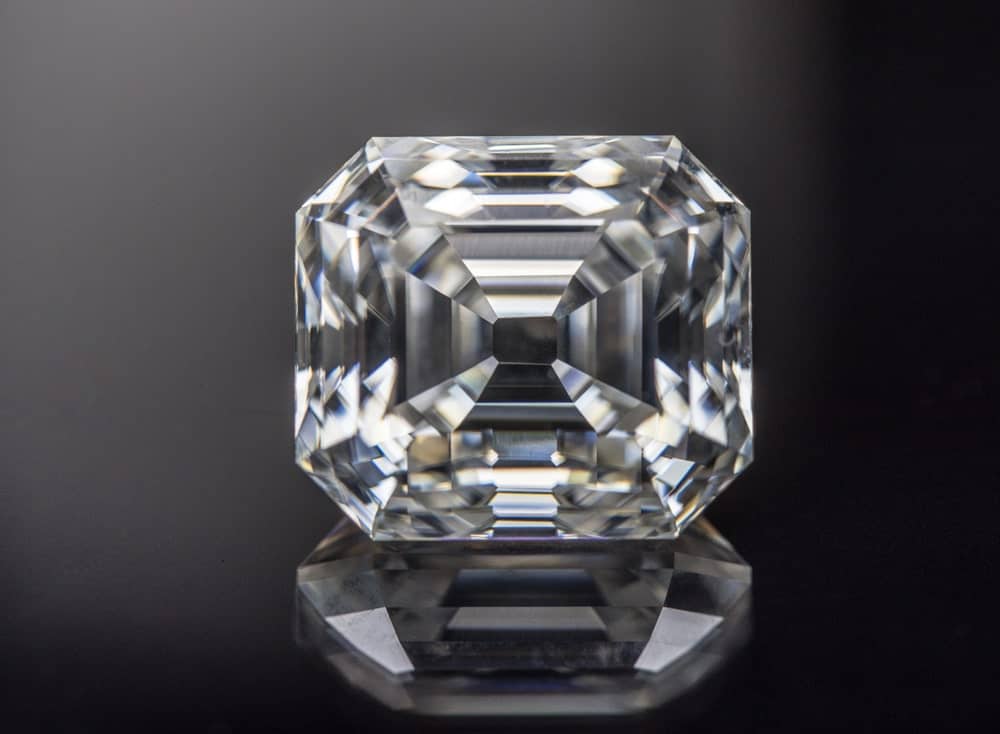
The Asscher shape is close to an emerald cut shape, but it has its own distinct features. The pavilion of this shape has facets that are rectangular. This shape has a higher crown and many facets. This shape tends to show a little bit of color in all the corners. You might want to spend the extra money and get a slightly better diamond. You want to look at the certificate to see the inclusions.
Radiant
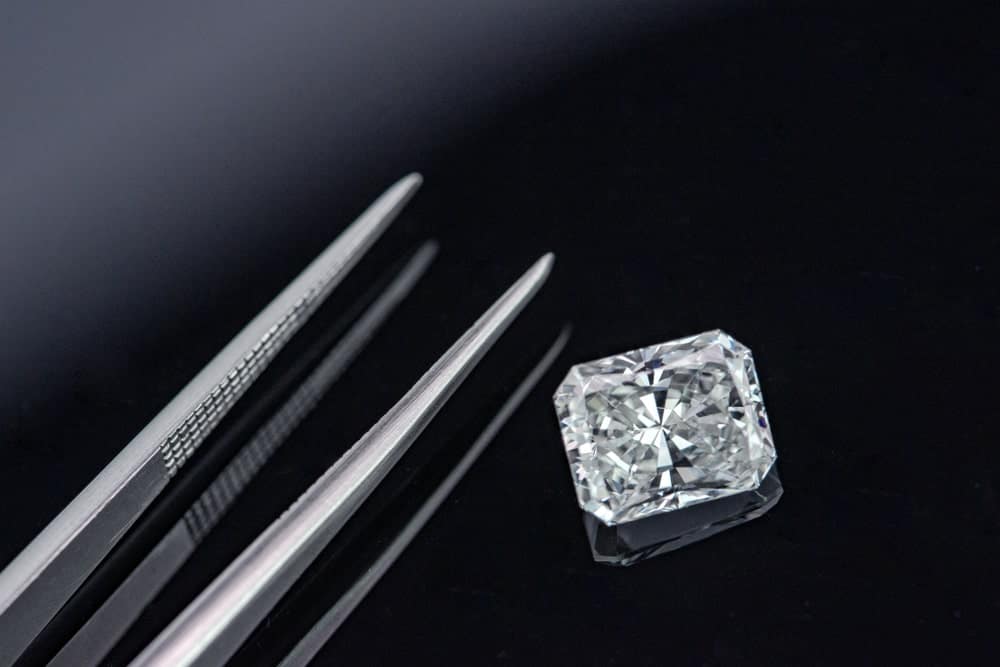
The radiant shape diamond has a large number of angles and facets. This makes the diamond look a lot like crushed ice. The inclusions and flaws of this diamond are easy to hide under the cuts. The corners of this shape are trimmed and beveled, which gives them their signature look. They are also more stable, making them a wonderful choice for those who are active. These cuts make this shape a great choice for many different types of jewelry. This is a great shape for baguettes. Some are cut to look more rectangular than others.
Marquise
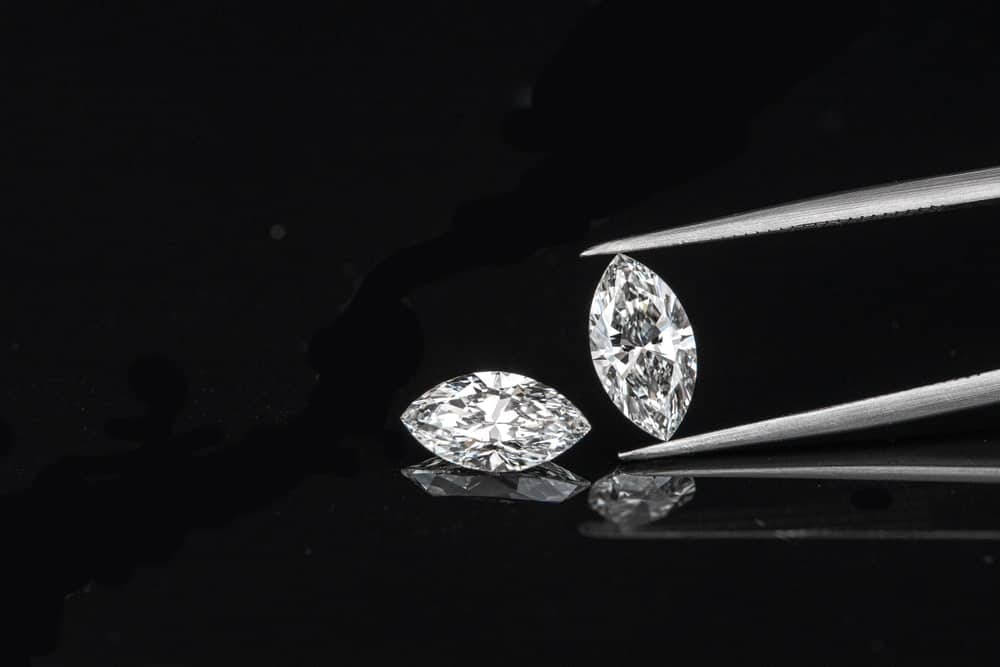
The marquise shape diamond is elongated and takes advantage of the carat weight. No matter what the size is, it always makes your diamond look bigger than it is. This diamond has a longer length, which makes it flattering. It makes fingers look longer and thinner.
Trillion
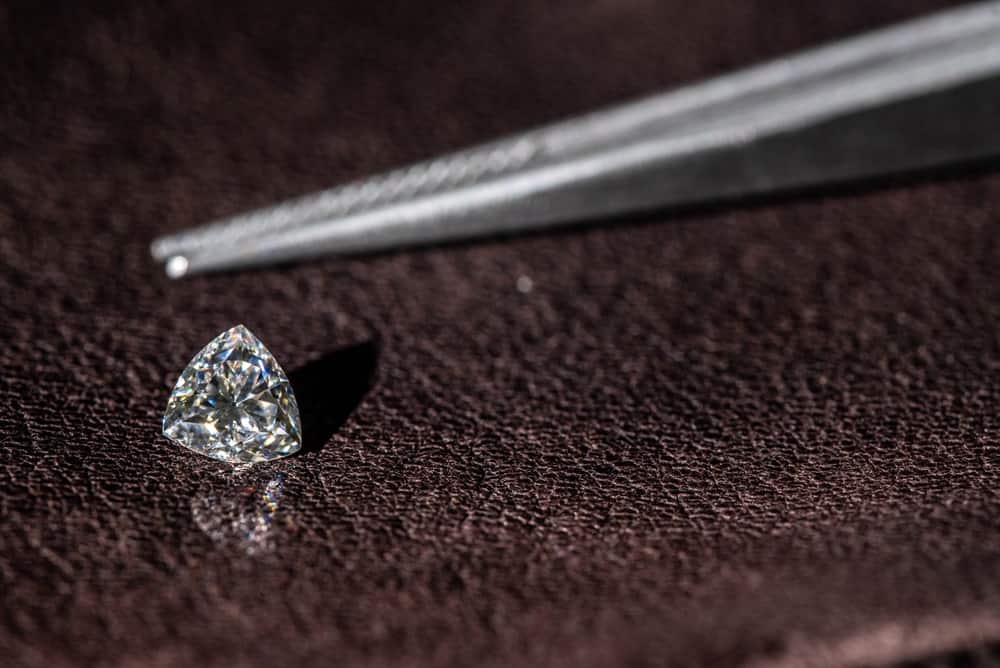
The trillion shape diamond is in the shape of a triangle. These stones are often used as a side stone in many engagement rings. Typically, they are in three stone diamond ring. They have a cut that is shallow, which means the diamond looks bigger than it is. These diamonds have a unique shape. Many who choose this shape often pick colored stones.
Baguette
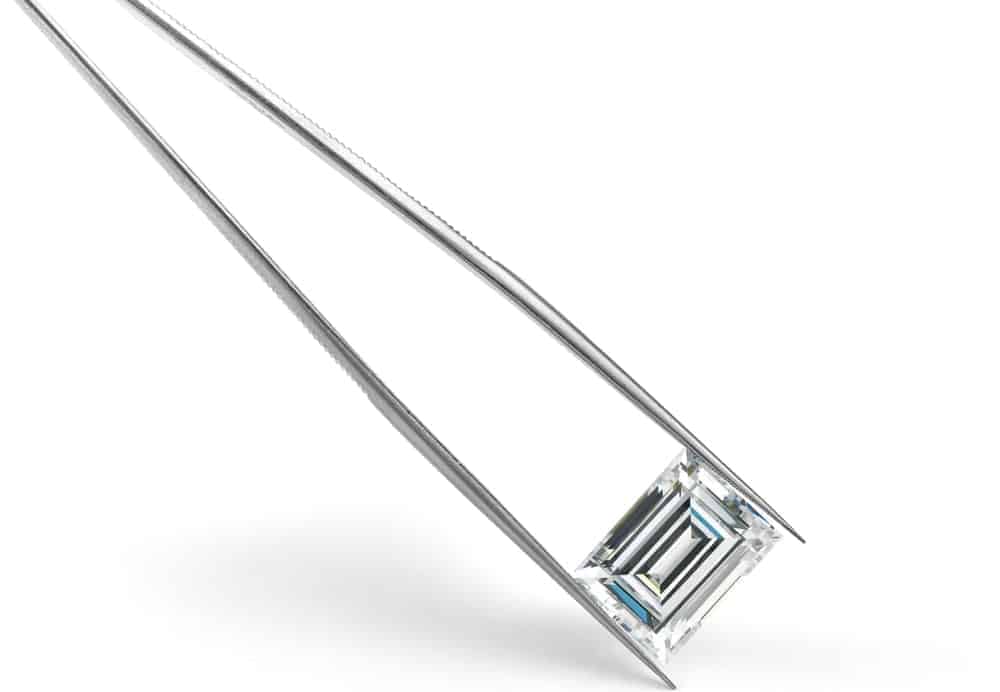
A baguette is a diamond that is step cut and typically used as a side stone. They are often used as accent stones. They are often long, rectangular, or tapered. They have 14 facets.
Cut
The cut of a diamond is often misunderstood. Many people think that the shape of the diamond is the same as its shape. That is not quite accurate. The cut of a diamond also speaks to other features of the diamond that are visible.
This includes proportion, which refers to the depth and width of the diamond. These two make a difference in how the light travels in the diamond. When light exits the diamond, it makes it brilliant. When there is a shadow, and the light goes out of the bottom of the diamond, it loses its brilliance. When the cut is too deep, the light leaves from the sides, leaving the diamond looking dull and possibly dark.
Finish refers to how the light escapes the diamond and potentially making it lose its shine. It also refers to the symmetry and polish of the diamond. When a diamond is well cut, it becomes incredibly expensive. Diamonds that are not as good of a cut have a much lower price tag.
When the diamond is cut, it makes the natural features stand out. The cut also impacts how the light travels through the facets. It also impacts the sparkle, brilliance, and brightness. It also impacts the symmetry and polish of the diamond.
The cut of a diamond has its own grading system. They go from excellent (EX) to very good (VG) to good (G) to fair (F) and then poor (P). The better the cut means, the larger the price tag for the diamond. If a diamond is a VG or above, you can expect a high price.
Clarity
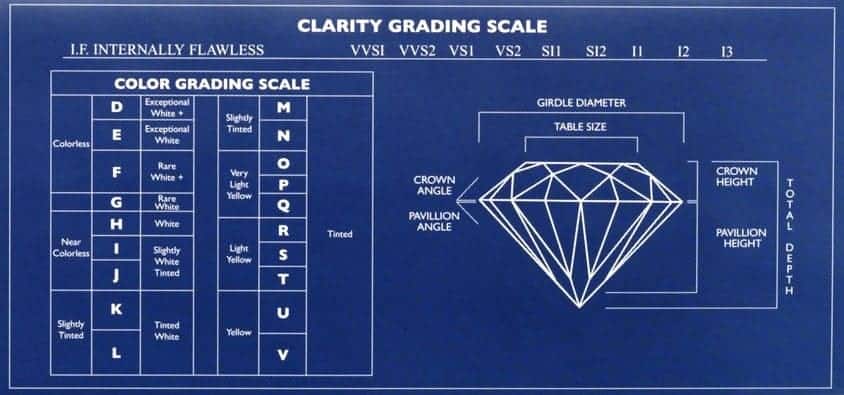
Clarity is an assessment of the imperfections of the diamond, in the stone and on the surface. The imperfections on the surface are called blemishes. The imperfections in the diamond are called inclusions. The eye rarely sees inclusions, and they are called internal characteristics. These inclusions give a diamond its characteristics. Diamonds are not perfect. Diamonds that have fewer inclusions have higher clarity and a hefty price tag.
Diamonds are created underground when they are subjected to heat and a great deal of pressure. Blemishes and imperfections are a natural reaction to this process. A common term used to describe the clarity of the diamond is eye-clean. This means that you need to magnify the diamond to see any inclusions because they cannot be seen with your eyes.
The size and shape of the diamond have an impact on clarity. When you consider a diamond larger than one carat or a fancier shape diamond, you want one with higher graded clarity.
The grading scale created by the Gemological Institute of America (GIA) for clarity has 6 categories and 11 grades.
Included Diamonds
This clarity grade includes l1, l2, and l3. All of the l clarity diamonds have inclusions that are visible and impact the beauty of the diamond. These are the lowest graded diamonds and have the lowest price.
Slightly Included (Sl) Diamonds
These include Sl1 and Sl2 diamonds. They have noticeable inclusions that are seen at 10 times magnification. Sl diamonds that are eye-clean are seen as the best value. Sl2 inclusions may be seen by the eye, particularly when looked at from the side.
Very Slightly Included (VS) Diamonds
These include VS1 and VS2 diamonds. These have minor inclusions that may be difficult (VS1) to easy (VS2) with a ten times magnification.
Very, Very Slightly Included (VVS) Diamonds
These include VVS1 and VVS2 diamonds. These diamonds have tiny inclusions that are a challenge for those who know what they are looking for with ten times magnification. This is a rare find and has an eye clean look.
Internally Flawless (IF) Diamonds
These diamonds have small blemishes on the surface of the diamond, which are visible with a microscope. These diamonds do not have inclusions in the stone. The marks on the surface determine the grade. They are eye-clean.
Flawless (FL) Diamonds
These diamonds have no external or internal characteristics. They are incredibly rare as less than 1 percent of all diamonds have this clarity. It is almost impossible to find a diamond that has no inclusions.
Color
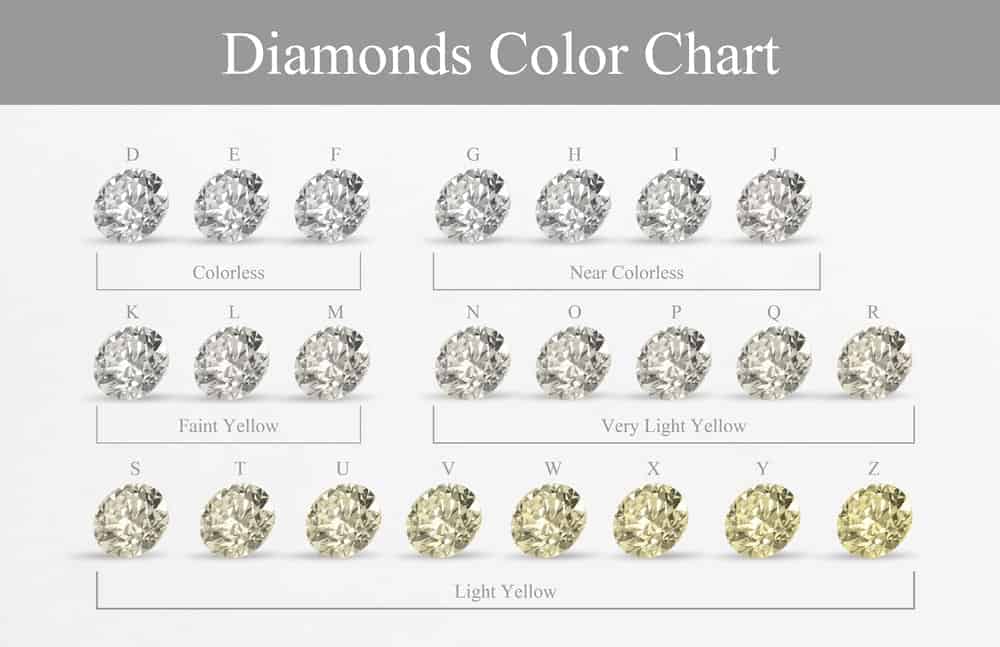
In some cases, the shape of the diamond masks the color to some degree. The shape of the diamond interacts with the light. A round diamond can reflect light more, which masks the color. Color is often the first noticeable feature of a diamond. To some degree, the ideal color is a personal preference.
Colored natural diamonds have been gaining popularity in recent years. Many see them as fancy colored diamond options and are interested in purchasing them. Yellow and brown are the most common diamond colors because of the nitrogen. Pink diamonds and black diamond options are common colors that available.
Most often, people prefer colorless diamonds, which is why they cost the most. Those who have not been trained to look for color in a diamond do not see the tint to a diamond. Those who are experts can see the tint right away.
There are other diamonds where the color is so prevalent, even an untrained person can see it with their eyes. These diamonds are much less expensive. Diamond color has a graded on a scale from D through Z. D is colorless, whereas Z has a heavy tint. K through M has a slight tint that can be seen by the eye. N through R will have a tint that is visible. S and above will have a very noticeable tint.
White diamond, blue diamond, green diamond, and red diamond options are exceptionally rare and expensive. There are diamonds that are artificially colored and treated by manufacturers.
Carat Weight
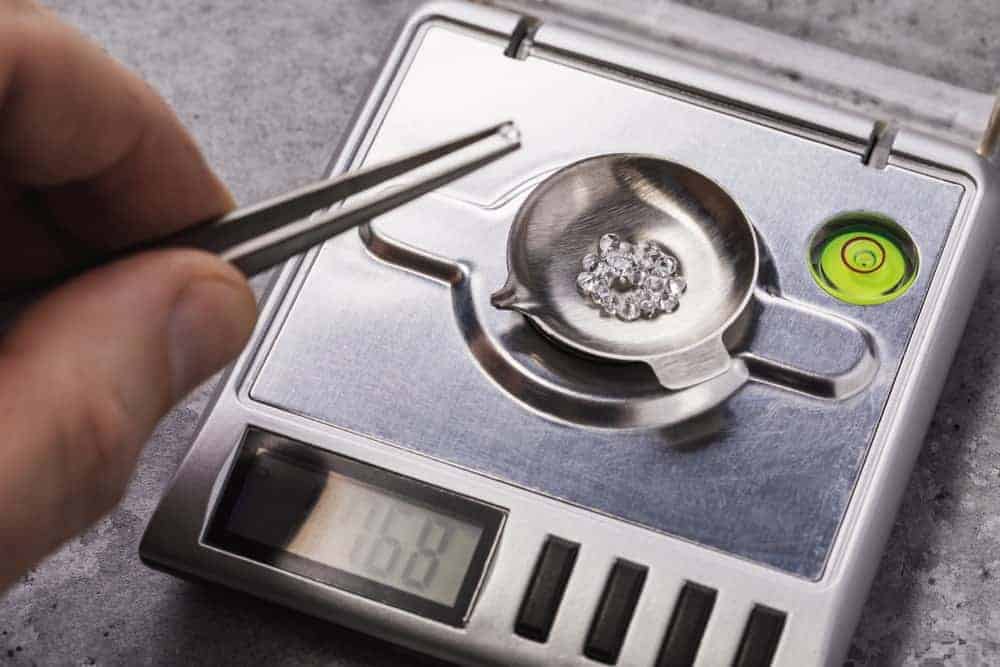
Carat weight and size tend to be used interchangeably. Carat is one of the biggest drivers of cost for a diamond. Diamonds are typically sized by carats. Keep in mind a carat is referring to the weight of the diamond, not the size. You hear about 1 carat or 1/2 carat. Many diamonds that are sold are less than 1 carat, so they are divided into points. 1 carat equals 200 milligrams and 100 points. 3/4 carat is also called a 75 point diamond.
The carat weight does not equal the quality of the diamond. While size is important to many, you can buy a smaller carat diamond that is better quality for less money than a diamond that is bigger but not as good quality. A typical size diamond is between .5 and .75 carat.
There are specific diamond prong setting options that make it look larger than others. A halo setting is ideal for this look. This is when you have a larger center stone surrounded by a circle of smaller diamonds. The ratio of diamonds gives you an off perspective, so it makes the center stone seem larger than it is.
The size of the band also impacts how large the diamond looks. A thinner band gives the ring perspective, so the center stone ends up looker larger than it is. You will hear your ring being referred to by carat total weight (CTTW). This is the total weight of all the diamonds in your ring. If the middle stone is .5 carat and you have two side stones that are .25 each, then the CTTW of your ring is 1 carat.
FAQs
What Are the Grades of Diamonds?
The clarity of the diamond is graded on a scale. There are six categories and 11 grades. The categories are Included Diamonds, Slightly Included Diamonds, Very Slightly Included Diamonds, Very Very Slightly Included Diamonds, Internally Flawless Diamonds, and Flawless Diamonds.
How Many Diamond Types Are There?
There are five types of diamonds. These types are Type Ia, Type Ib, Type 1aB, Type IIa, and Type IIb.
Which Diamond Cut Holds its Value?
The diamond that has a round shape, or cut, is believed to be the cut that holds its value best when compared to other diamond shapes. When you compare two different-shaped diamonds that have the same color, clarity, and carat weight, the round diamond shape will cost more money.
What is the Most Expensive Diamond Cut?
The round brilliant diamond is the most expensive cut that you can buy. They are in high demand, which of course helps increase the cost. This shape diamond has the most facets of all the diamond shapes. It requires more precision when it is being cut. Diamond cutters often throw away more of the rough diamond. This means you are paying for a stone that is larger than what you actually receive.
What Is Diamond Fluorescence and Should It Matter?
Diamond fluorescence is when the diamond emits light and the color changes when it is under ultraviolet (UV) rays. The diamond may glow blue when it is under UV light. Not all diamonds have this ability and some have a different glow. Only about one-third of all diamonds have fluorescence.
The chemical elements contained within the diamond are what enable it to glow. While blue is the most common color, diamonds can glow green, yellow, or red. It is rare for a diamond to glow a color other than blue.

